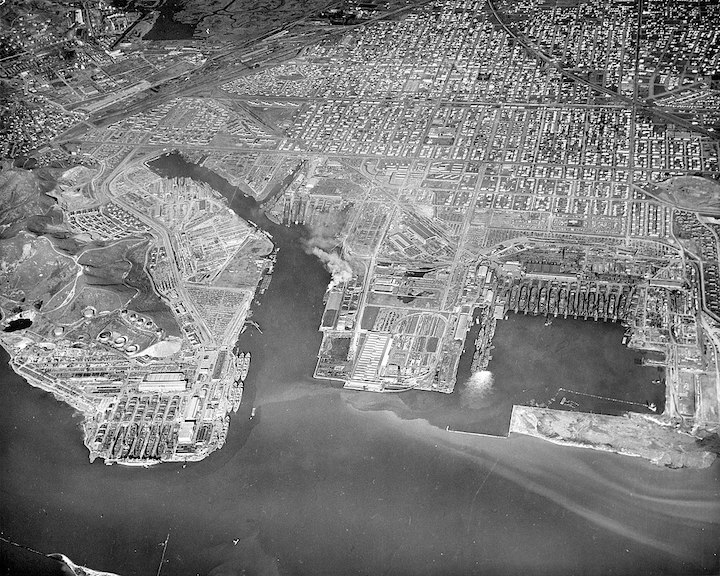Who builds commercial ships?
Well, in 2022 China built the lion’s share of large oceangoing vessels according to a report by the Barry Rogriano Salis (BRS) Group. China built 121.3 million deadweight tons (DWT) of ships based on its order book at the end of 2022 up from 111 million DWT in 2021. And as a result, China’s share of the global market rose from 47.7% to 50.3%.
South Korea, a distant second in the global shipbuilding sweepstakes, built ships of 69.8 million DWT in 2022, up from 68.3 million DWT in 2021, but its market share inched down from 29.6% to 29.0%, according to a November report by Business Korea. And in the number three slot was Japan. Japan’s order intake shrank from 47.7 million DWT in 2021 to 36.5 million DWT last year, and its market share fell from 17.6% to 15.1%.
So where was the greatest industrial power on the planet, the United States, in the commercial shipbuilding ranks? The US market share was a measly 0.2%.
It is no surprise the U.S. Congressional Research Service (CRS) cited the data and noted that 90% of military equipment needed for overseas wars is transported by cargo ships and expressed a concern about the United States lack of competitiveness and the possible negative impact on America’s national security. But this is nothing new as this situation has existed for decades.
The U.S. Shipbuilding Mobilization of 1939-1945
It wasn’t always so.
Before the United States allowed its shipping industry and shipbuilding to decline, the United States pioneered shipbuilding mass-production during World War II.
During the period of 1939-1945, 5,777 ships including the Liberty ships, Victory ships, tankers, and military ships were constructed at U.S. shipyards.
The shipbuilding program produced a Liberty ship that could transport 10,800 deadweight tons (the weight of cargo a ship can carry). In total, the 2,708 Liberty ships that were built collectively generated the capacity to transport 29,246,400 tons of weapons, food and supplies to European and Asian military theaters that helped win World War II.
The shipbuilding program employed 650,900 American workers. African Americans and women were employed by the shipyards in large numbers and the shipbuilding employment boom helped pull the United States out of the Great Depression financed by federally financed war orders.
It may be time to review that success and why it may be relevant in 2024.

